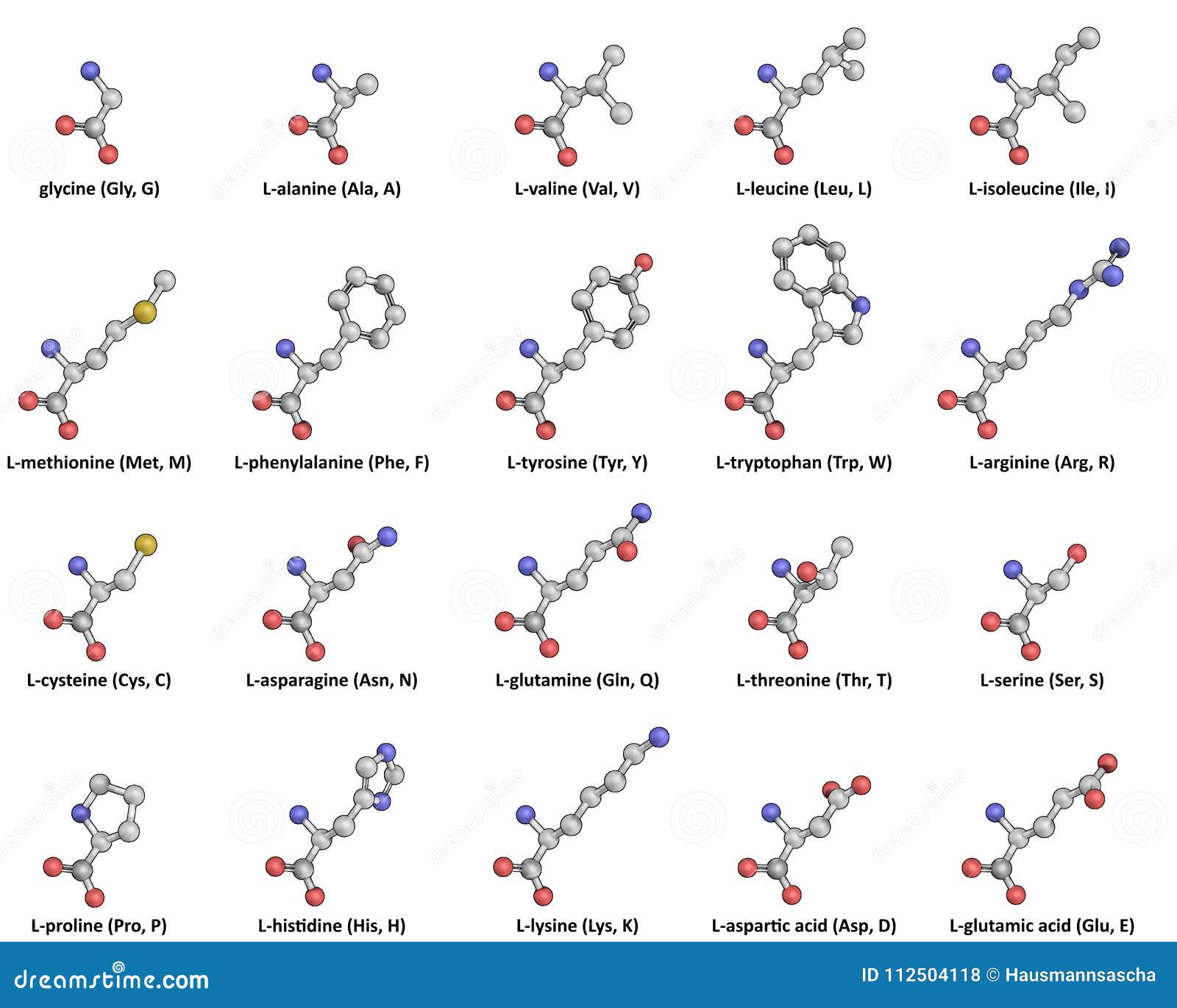
These termini define the directionality of the protein. The residue (R3 in the above diagram) at the carboxyl terminal is known as the "last" amino acid. The amino acid R1, at the "amino terminus" of the polymer is the "first" amino acid.A "peptide bond" is formed by a condensation reaction between the carboxylic acid of one amino acid with the amino group of the next amino acid.Note: this is drawn "flat" for clarity, but the Ca are still tetrahedral (the H atom on the Ca is also not shown in this diagram) The amino acid shown here is Alanine.Īmino acid monomers are chemically linked to form linear polymers known as proteins. It is the structure of the R group that determines which of the 20 it is and its special properties. Amino acids are also known as "residues". This gives up a proton and is thus an acid (hence amino "acid") each of the four functional groups are different) to which is attached Simply download the prediction from the Database. If your protein is there, you dont need to proceed with the instructions below.

The shape and other properties of each protein is dictated by the precise sequence of amino acids in it.Įach amino acid consists of an " alpha carbon atom" is tetrahedral and chiral (i.e. Structure predictions for over 300,000 proteins are already available in the AlphaFold Database. 20 different amino acids are used to synthesize proteins. \)Īmino acids are the building blocks (monomers) of proteins.


 0 kommentar(er)
0 kommentar(er)
